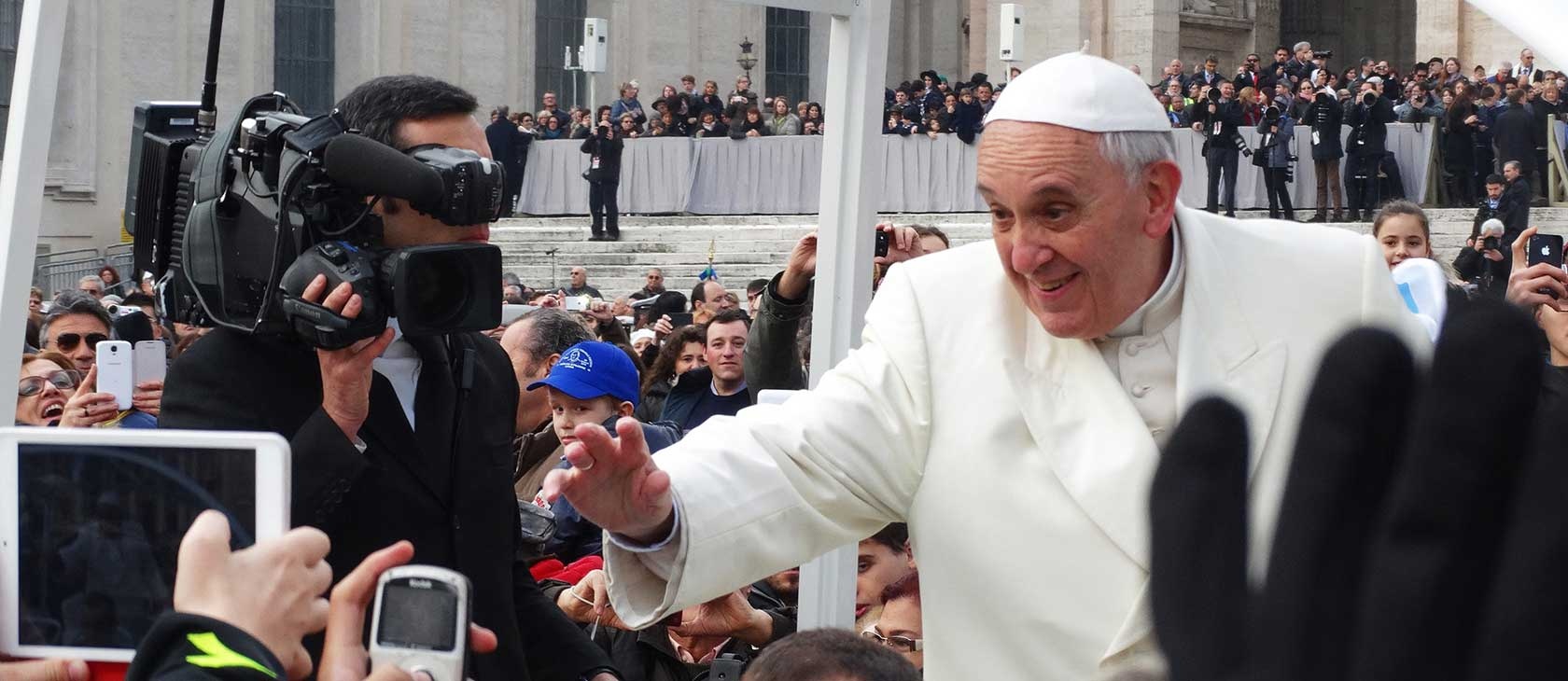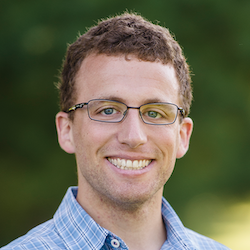When a global crisis hits, what happens to an organization that spent decades undermining its financial stability and driving away its supporters? As much as it pains me to say it, the Roman Catholic Church in America is finding out. CBS News recently reported that 12,000 of 17,000 U.S. parishes requested Paycheck Protection Act funding—government bailouts. Does the Catholic Church deserve a bailout? Should bishops accept the money? If they do, how can the Church’s leadership rebuild its reputation with the general public?
U.S. bishops understandably cancelled the public celebration of Mass for weeks during the coronavirus outbreak. Parish budgets are now missing several months’ worth of collections. And the National Catholic Educational Association estimates Catholic school tuition receipts fell by 20%.
This has inspired many parishes to turn to the government. But this financial crisis was baked long ago. It follows a 50-year history of increasing Church crises, of fewer Catholic vocations and fewer faithful in the pews, and the abuse scandal’s destruction of public trust.
The Church also has a deficit due in part to paying $3 billion in abuse-related settlements over the years. However, clerics protected $2 billion in Church assets by shifting the funds around to keep them from going to lawsuit payments. Where is that money now? Has all—or any—of it been distributed to the 12,000 parishes in need?
The abuse scandal has been the leading cause of the public’s lack of trust. But some of the faithful also criticize the bishops’ handling of the coronavirus lockdowns.
Many bishops framed their decision to close, or reopen, churches as though it had been dictated by secular authorities. One archbishop said he did not allow public Masses to resume because of “the extension of [the governor’s] stay-at-home order.” Conversely the bishop of Helena, Montana, said he reopened parishes, because the governor’s order “does allow us to begin gathering for Mass.” While their intentions are good, this language is concerning. Even allowing secular authorities to classify worship as “non-essential” sets a poor precedent, and one not rooted in science. As Monsignor Charles Pope noted, the same politicians say that oft-touched store produce is safe to eat but the little-touched Eucharist is not.
Framing sacramental decisions in the light of government mandates raises serious questions. What if shepherding the faithful requires reasonable precautions that differ from government guidelines? What if a leader elsewhere in the world uses the virus as a pretext to close disfavored religious celebrations? Can the faithful count on their bishops to exert the independence that marked the saints—especially if they’re taking government money?
Balancing faith with prudence is difficult enough in the best circumstances. Bishops are caught between traditionalists, who vocally condemn many safety measures, and a secular society that sees anything short of a grinding halt to all public activity as risking widespread death. But even in this unenviable position, there is room for improvement.
The first step is to create a distinctly Catholic implementation of the Center for Disease Control’s guidance. Instead of only allowing 10 people in a parish designed to hold hundreds, bishops could direct priests to invite the appropriate number of souls capable of socially distancing and to hold more frequent Masses. Drive-thru Mass and confession may be a necessary bridge to normalcy in some areas. Bishops must observe all prudent health measures, but they should never let unreasonable government policies put parishes in financial crisis or deny the faithful access to the Eucharist—even if only to offer private adoration before the tabernacle.
The archbishop of the Twin Cities may provide an example of public-minded independence. He allowed churches to operate outside the parameters of orders handed down by Gov. Tim Walz—but only if they can “meet the standards set forth in extensive and stringent diocesan protocols.” If parishes observe all appropriate safety measures, this could be a trifecta victory that improves public health, focuses souls on liturgy, and proves that the Church thinks deeply and innovatively enough to chart its own course.
Despite the bishops’ best intentions, some figures in the media or politics will compare these steps to the Virginia pastor who believed blind faith would shield him and, tragically, died from COVID-19. That is why the bishops should engage in a pro-active communications strategy to show that the Church is saving souls and lives. Their outreach should include videos, press releases, op-eds, and forming relationships with local media.
These policies and plans will begin the process of restoring the Church’s reputation, which is at present that of just another scandal-ridden human institution. Accepting government funding while perceived this way will associate Holy Mother Church with the firms that triggered the Great Recession in 2008 and then assumed they deserved to have taxpayers foot the bill to keep them afloat. And since perception is reality, we’ll see even more bankruptcies and bailouts as ever-fewer people sit in the pews.
There is a better path. The perception of the Church and the salvation of our neighbors compel us to follow it.




